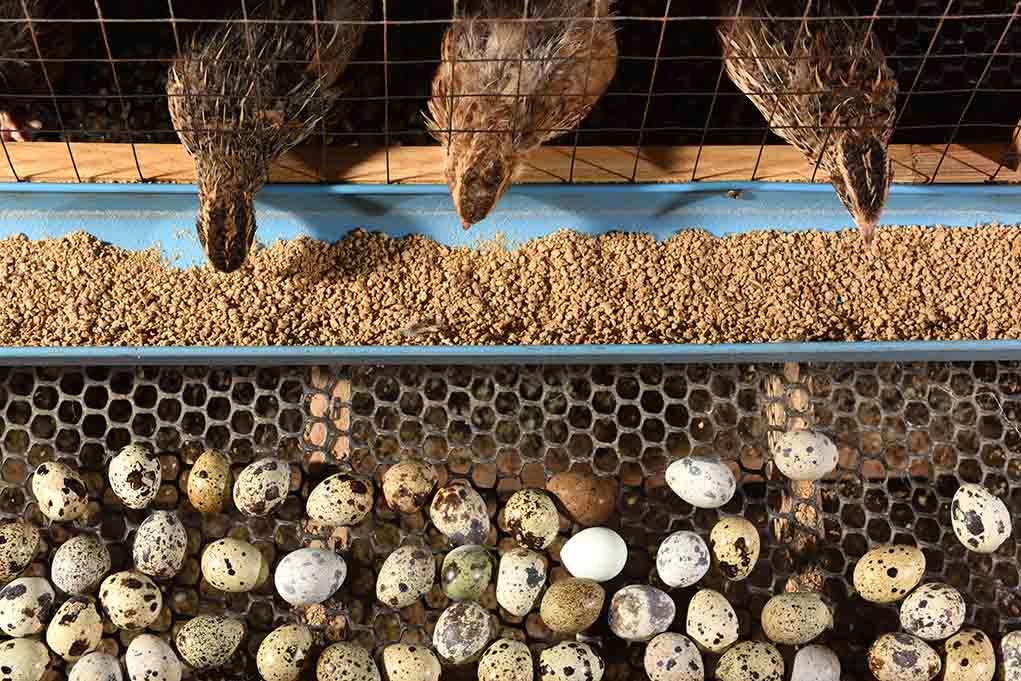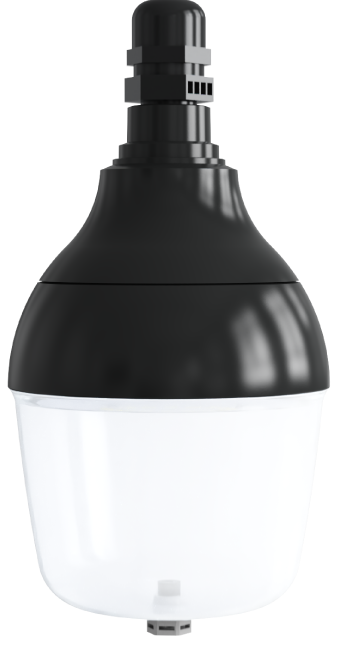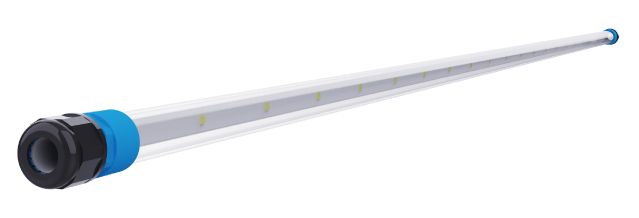Quail Lighting: Effects of Light Colors on Laying Egg
Quail Lighting: Effects of Light Colors on Laying Egg

Directory:
1. Introduction
2. Materials and Methods
3. Results
4. Discussion
This study investigated the impact of different light colors (white, yellow, red, blue, green) on the laying performance of 280 Korean quails during their peak laying period. Under a 16-hour light/8-hour dark cycle at 10 lux intensity, yellow light significantly enhanced daily feed intake, egg production rate, and average egg weight compared to other light colors, while feed-to-egg ratio remained unaffected. These findings highlight the potential of yellow light to optimize quail productivity without increasing feed costs.
1. Introduction
Light color is a critical environmental factor influencing poultry physiology and productivity. While previous studies on chickens and turkeys have yielded inconsistent results regarding spectral effects, limited research exists on quails. This study systematically evaluates five light colors (white, yellow, red, blue, green) to identify optimal quail lighting strategies for improving quail egg production.
2. Materials and Methods
2.1 Experimental Design
Subjects: 280 Korean quails (17 weeks old) were divided into five groups (n=56/group).
Quail Lighting: Each group was exposed to one of five light colors (white: incandescent bulb; yellow/red/blue/green: LED) at 10 lux intensity for 16 hours daily.
Diet: Standard commercial feed (21% crude protein, 11.08 MJ/kg metabolizable energy) was provided ad libitum.
Duration: 5 weeks.
2.2 Measurements
Daily feed intake, egg production rate, average egg weight, and feed-to-egg ratio were recorded.
Data were analyzed using one-way ANOVA and Duncan’s multiple range test (SAS v9.0).
3. Results
3.1 Daily Feed Intake
Yellow light achieved the highest intake (27.37 g/day), significantly surpassing other groups (P<0.05).
Ranking: Yellow > Red > White > Blue > Green.
3.2 Egg Production Rate
Yellow light yielded the highest rate (93.32%), followed by red (90.56%), white (89.08%), blue (87.60%), and green (85.92%).
Significant differences (P<0.05) emerged from Week 2 onward.
3.3 Average Egg Weight
Yellow light produced the heaviest eggs (11.37 g), significantly outperforming blue (11.12 g) and green (11.18 g) groups (P<0.05).
Ranking: Yellow > Red > White > Green > Blue.
table1 Average egg weight of quail in different light color groups

3.4 Feed-to-Egg Ratio
No significant differences were observed across groups (P>0.05), indicating similar feed efficiency.
table2 Feed-egg ratio of quail in different light color groups

4. Discussion
4.1 Wavelength and Penetration Efficiency
Long-wavelength light (yellow: 585 nm; red: 630 nm) penetrates avian cranial tissues more effectively than short-wavelength light (blue: 470 nm; green: 530 nm), stimulating hypothalamic photoreceptors and enhancing reproductive hormone secretion.
White light (70.5% red spectrum) partially mimicked red/yellow effects, explaining its intermediate performance.
4.2 Practical Implications
Yellow light increased daily feed intake by 4.55–10.10%, egg production by 2.76–7.40%, and egg weight by 0.89–2.25% compared to other colors.
Unlike hormonal interventions, spectral optimization avoids drug residues and welfare concerns.
4.3 Contrasts with Poultry Studies
While red light improves productivity in chickens, quails responded better to yellow light, likely due to species-specific photoreceptor sensitivity.
Yellow light (585 nm) at 10 lux significantly enhances quail laying performance by stimulating feed intake and egg production without compromising feed efficiency. These results provide actionable insights for optimizing quail lighting systems to maximize productivity and profitability.
5. Related Solution
6. Related Products



7. Contact Ceramiclite
_thumb.jpg)
